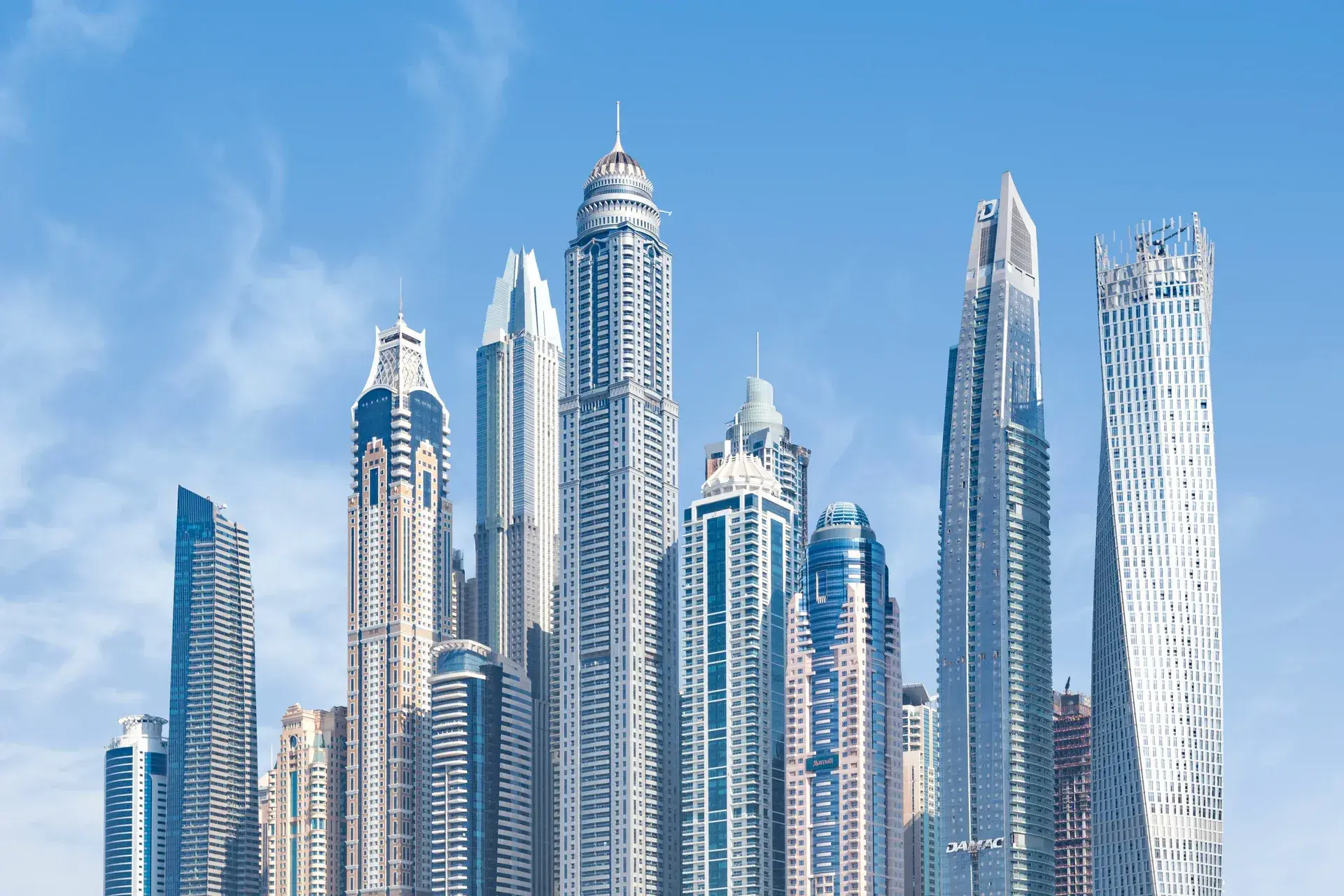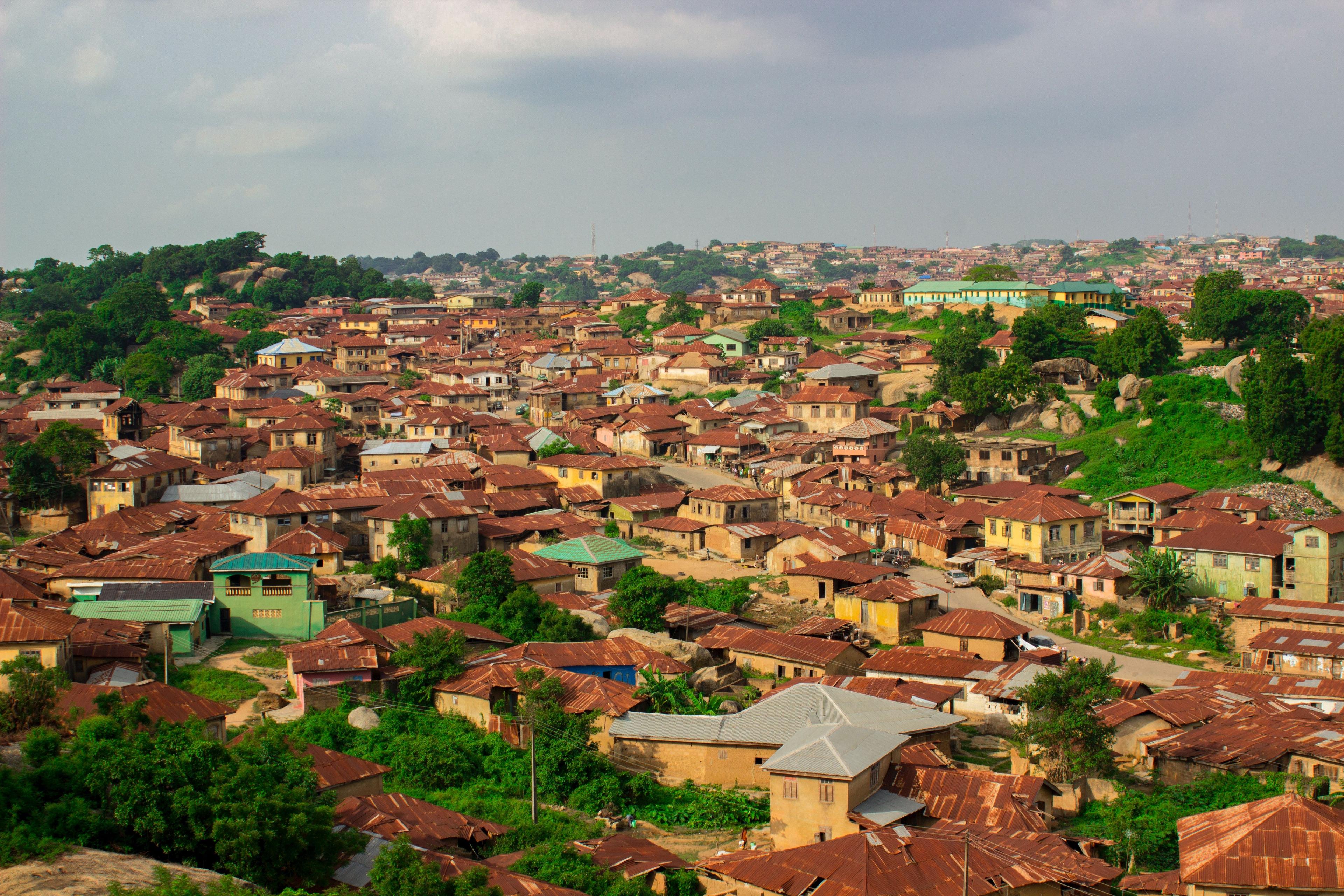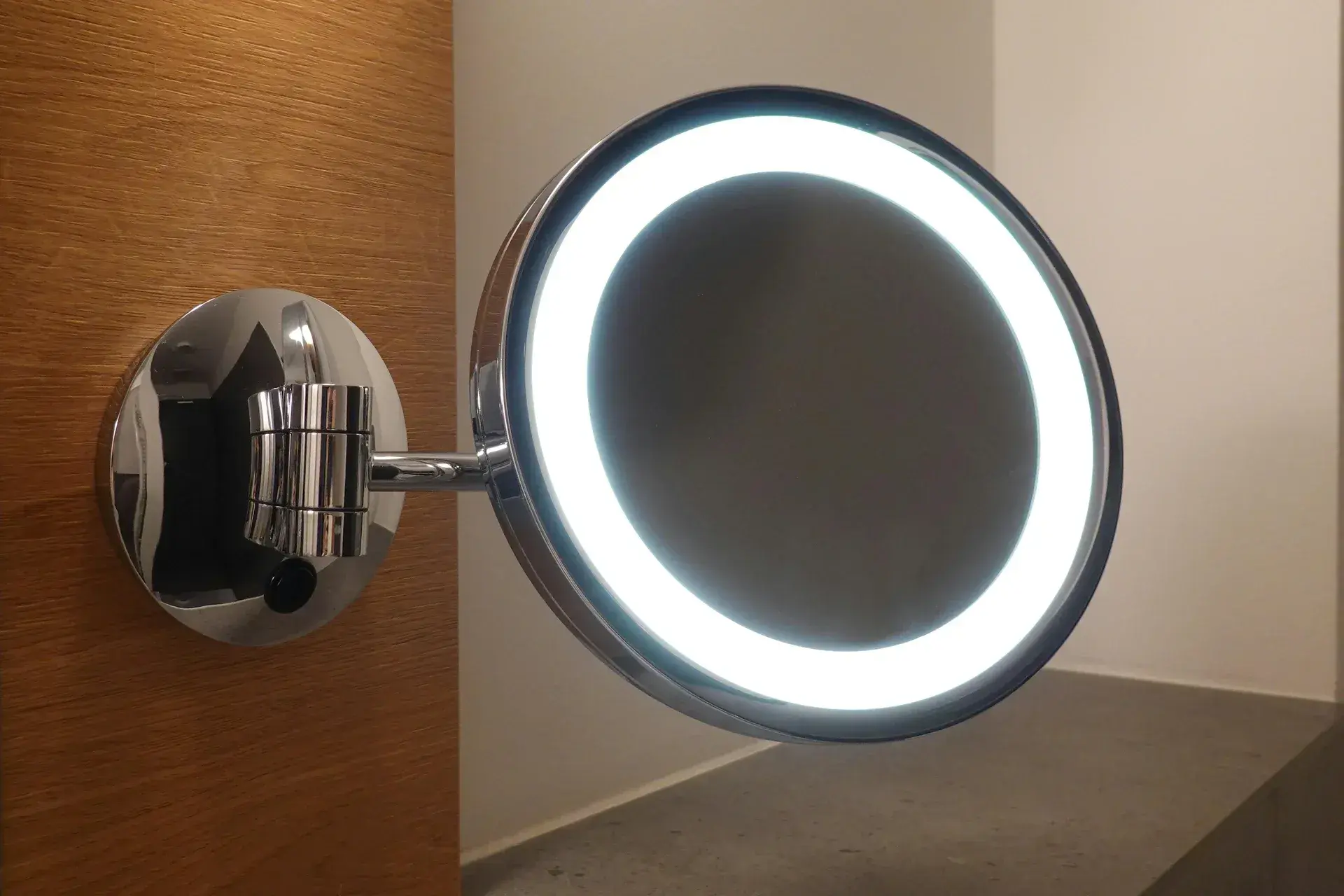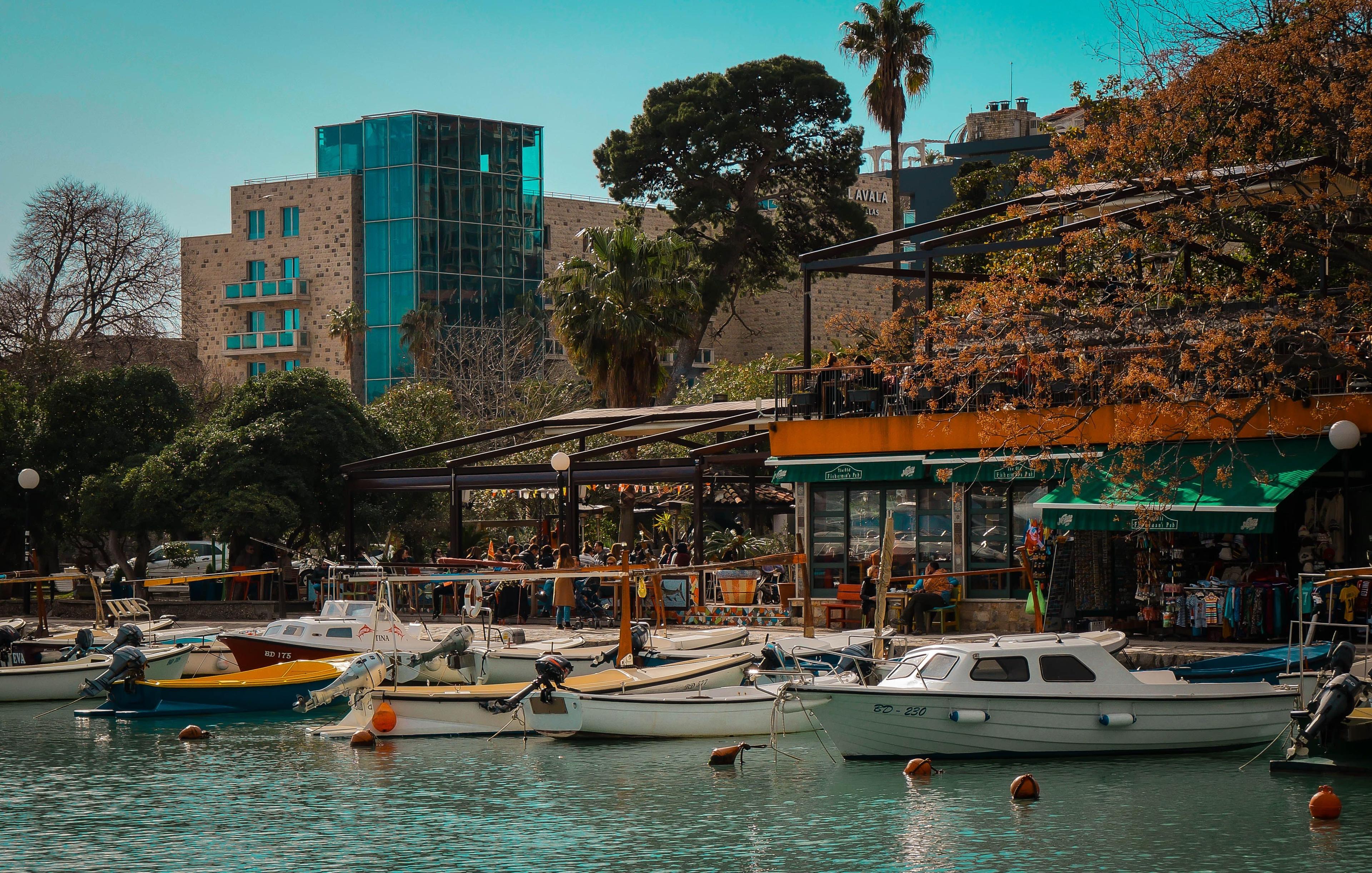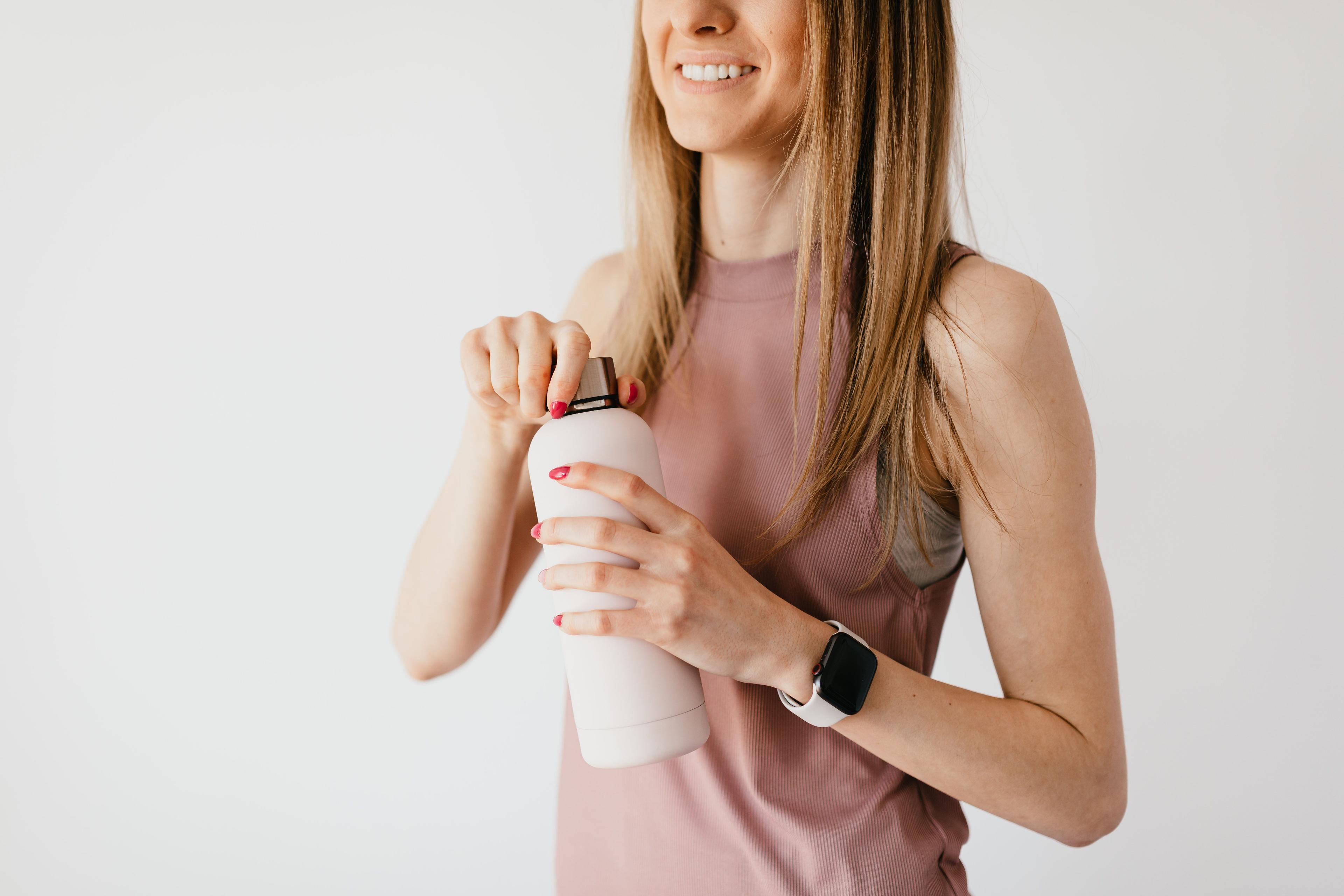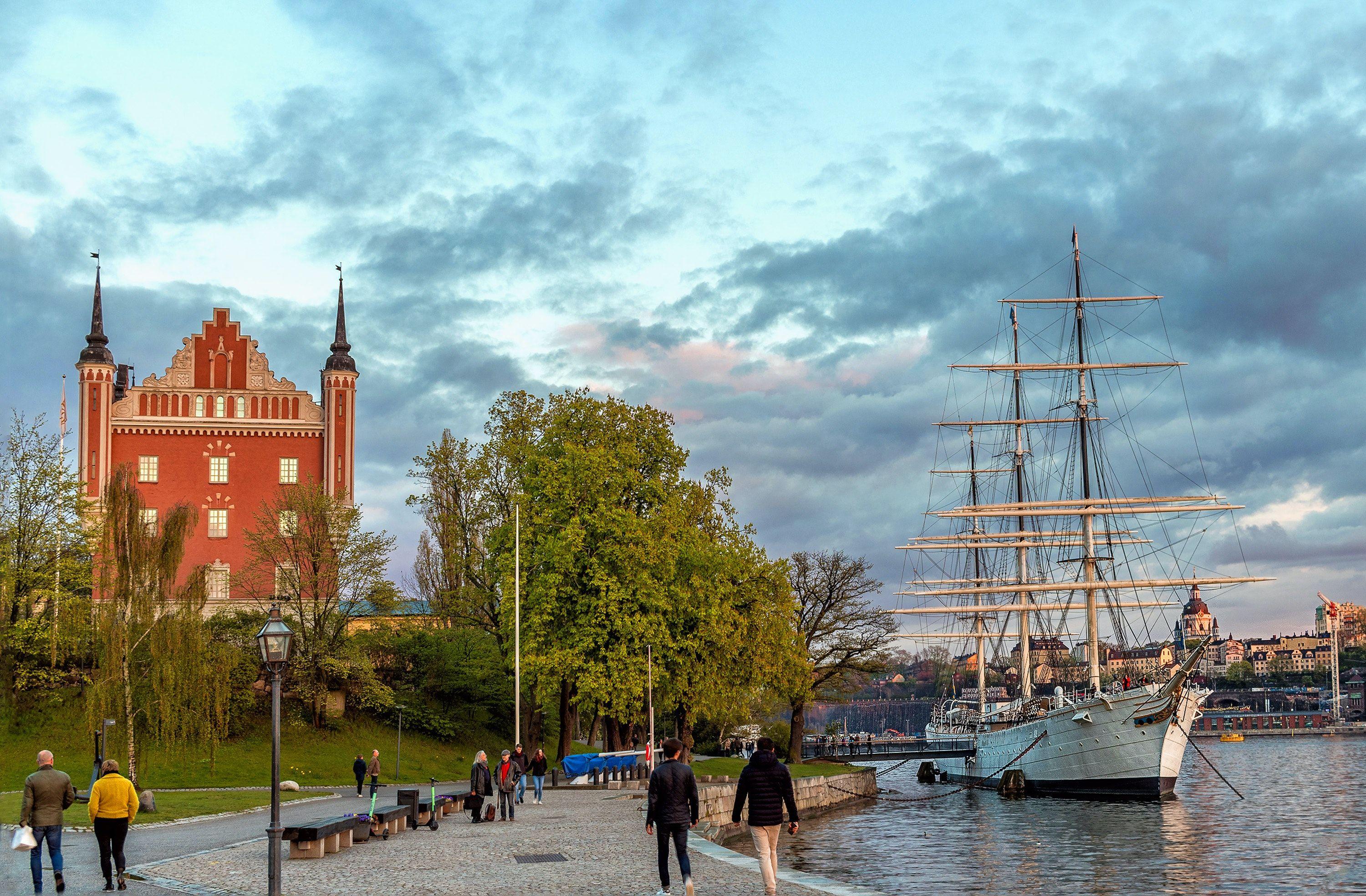Skin ageing: get only the benefits of the sun
In the summer, we are looking forward to the vacations to get to the sea, relax and get a nice tan. But cosmetologists do not share our enthusiasm. They believe that in 70% of cases, the skin is ageing not because of age, but because of the ultraviolet rays influence. How to deal with the consequences of this love – read in our new article.
Photoaging of the skin: causes and types
Of course, sunlight is necessary for all living creatures, it promotes the production of vitamin D in the human body. But sunbathing and solarium abuse triggers the pathological process of skin photoaging. It changes the skin not only visually (dryness, hyperpigmentation and vascular changes, spots and deep wrinkles), but also structurally (uneven thickening of the epidermis, deformity of the dermis, chronic inflammation).
Clinical manifestations distinguish two types of photoaging: acute and chronic. Acute signs of sunburn and pigmentation are familiar to us. Chronic photoaging is displayed by vascular changes, impaired skin pigmentation, the appearance of tumours, loss of skin elasticity. Characteristic signs of skin change, which is exposed to chronic sunlight, have been called “sailor skin”.
Examples of skin changes of photoaging include:
- thin or deep wrinkles caused by the destruction of elastic tissue;
- elastosis (change in the elastic fibres of tissue and skin);
- irregular skin pigmentation;
- rough texture;
- enlargement of small vessels and capillaries of the skin;
- reducing the number of Langerhans cells between the epidermis and the dermis, where immunological skin responses are controlled;
- small, red, rough spots on the skin that are chronically exposed to the sun.
Who is most prone to photoaging
Here are the main risk groups.
- People with pale skin. Melanin is believed to be the main protector of human skin against ultraviolet. The more pigment the skin cells produce, the less damage the sun rays cause. It can be concluded that the lighter the skin, the higher the risk of early signs of photoaging.
- Children. Baby’s skin is softer than in adults. Dermatologists have proven that sunburn in children up to 10 years doubles the risk of skin cancer after 40 years.
- Girls and women during hormonal changes. The fact is that the activity of melanocytes depends on hormones. In the case of hormonal adjustment (transition age, pregnancy, postpartum, menopause) or against hyper- and hypothyroidism, the impaired balance of progesterone and estrogen increases the skin’s sensitivity to the sun’s radiation.
- Smokers. Smoking has no benefits at all, but for the lungs and the skin, it is especially detrimental. The skin becomes thinner, acquires a grey-yellow shade and becomes more prone to photoaging.
- Fans of the solarium. In solarium we get high-dose type A (UVA) rays. It is impossible to reduce the dosage of radiation, as it will not work out quickly. Meanwhile, UVA rays penetrate into the deep layers of the skin and destroy its elastin and collagen.
How to prevent skin photoaging
Here are some basic tips:
- regardless of the weather and season, apply sunscreen daily that contains UV-absorbing components such as salicylate and benzophenone, and UV-reflecting ingredients such as titanium and zinc oxide (even on a cloudy day);
- limit sun exposure between 10 am and 4 pm when UV radiation is at its peak;
- apply sunscreen to skin no later than 20 minutes before going outside;
- you need about 20 grams of sunscreen to cover skin;
- it is necessary to reuse the remedy with the SPF filter after bathing.
